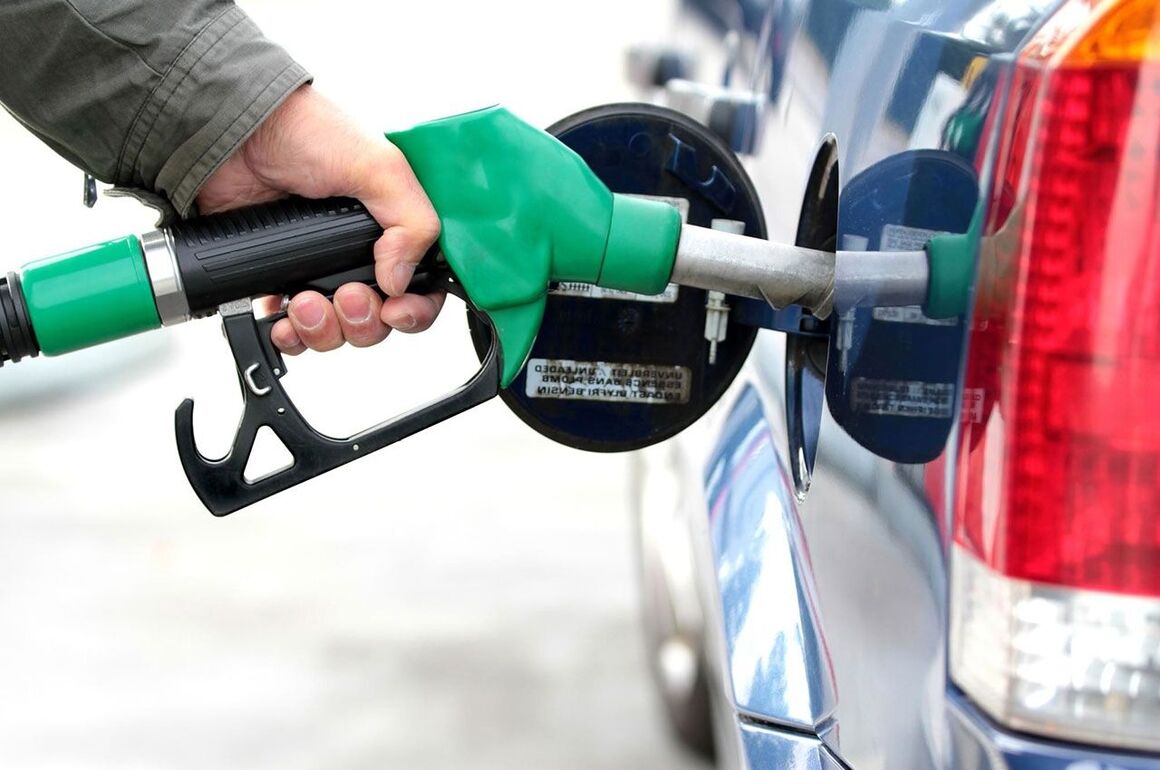According to IRNA, Iran, which until two years ago was an importer of petrol and imported up to 4.5 million liters of the item per day, is now known as an exporter of this strategic product in the region and the world.
This is despite the fact that in 2006, Iran imported more than 27 million liters of petrol per day, which led to the outflow of foreign currency and a strong dependence in the country's energy security.
This dependence led to sanctions on petrol, which began in the early 2012, and Iran was even forced to use reformat instead of petrol for years to change the processes of some petrochemicals to create a gap in the supply of this fuel.
Therefore, with the coming to power of the Rouhani administration, attention was paid to capacity building for gasoline production in the country and increasing production and improving the quality of old refineries.
But the most important step was to complete the Persian Gulf Star Refinery whose phases came online one after the other, and now, after two years of operation of the third phase of the Persian Gulf Star Refinery and improving the quality of the refinery’s units, Iran has become an exporter of petrol.
Due to the unbridled consumption of gasoline in recent years, it was feared that the amount of refinery production would not meet domestic needs and lead to increased gasoline imports. This could have deepened the severely strained oil industry in the face of sanctions.


Your Comment